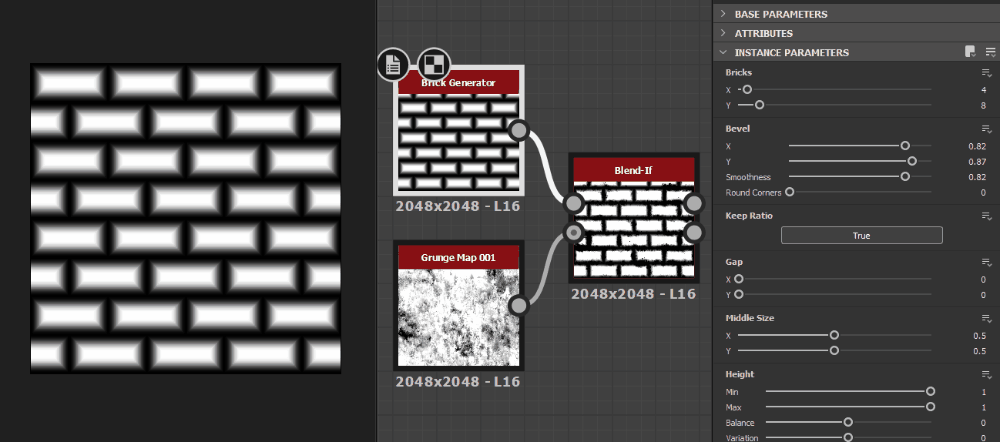Octave Guitar Pedal
Last summer I built an divided octave pedal using a kit from Build Your Own Clone. At this point I had already built a few of their other kits and bought the pre-painted enclosures, but this time opted for a raw metal enclosure so that I could paint and print my own design.
The pedal modifies the input signal to produce two additional ‘notes’: one octave above, and one octave below. This made me think of “As above, so below” a paraphrase of hermetic text which fit nicely with the droning, fuzz, doom metal inspiration I had for the design:
As the star, glimmering at an immeasurable distance above our heads, in the boundless immensity of the sky, reflects itself in the smooth waters of a lake, so does the imagery of men of the antediluvian ages reflect itself in the periods we can embrace in an historical retrospect. "As above, so it is below. That which has been, will return again. As in heaven, so on earth." - Helena P. Blavatsky, Isis Unveiled (1877)
Being very much a novice when it comes to pen and ink, I picked up my stylus and went to work:
The pedal before painting and printing
Even though the bare aluminum has some charm, I can’t tell what the controls do—and it needs a little spice.
The final mockups in Toolbag. Before attempting to paint or print any design on the pedal I wanted to create mockups in 3d—modeled in Blender, textured in Substance Painter, and rendered in Toolbag. To create the design of the hands I started with a Zbrush sculpt and used non-photo-renders and Substance Designer to composite different passes and bakes:
The Zbrush sculpt with polypaint, started from a purchased scan. I wanted to show more of the bone and gore at the wrist but realized there really wasn’t much space on the pedal’s surface—especially with the controls and knobs covering portions of the design.
Using substance designer was much easier than trying to keep track of a messy layer stack in Photoshop, and I was able to warp, blur, and bevel while continuing to iterate on my input renders for non-destructive results.
Experimental passes—halftone, cross hatching, and various line weights using a combination of tile samplers, directional warps, and vector warps.
The process of the final composite—combining the diffuse curve render from zbrush, some of the experimental cross hatching passes, curvature, and an outline.
The only downside with using Substance Designer was that it didn’t have the ‘blend if’ options that Photoshop layer blending has. I wanted to be able to take an input image and blend it with the background image based on specific greyscale values (only multply if the background image’s grayscale value is above .5, for instance). Here you can see a quick mockup of a custom blend-if node I created using a pixel processor.
The blend-if pixel processor takes the input grayscale and, given a minimum and maximum value to blend with the background, returns values within the maximum range input. This is then routed into a standard blend node so that all of the blending modes are available within the Blend-If node’s parameters.
I’m still not entirely happy with the results as it can look a bit pixelated around the edges depending on the chosen values, but it got the job done for this project.
The final design. I attempted to use water-slide decals to print it but ran into several issues—from melting ink to improper placement, and poor quality prints on my inkjet printer. I thought about investing in some screen printing equipment but ultimately decided to have it printed by StickerApp on a clear backing.
Here you can see the pedal after black paint and varnish with the sticker applied. Unfortunately I didn’t sand between coats so the enclosure had a bit of an orange-peel texture to it. This caused the sticker to sit a few mm above the surface in some areas. I wasn’t happy with the result so I decided to pull the trigger on screen printing supplies:
Here’s the final product after printing both colors and applying a few coats of varnish. I’m pretty happy with it and I learned waaaaaaay more than I thought I would. Hopefully the next pedal takes me half the time.












